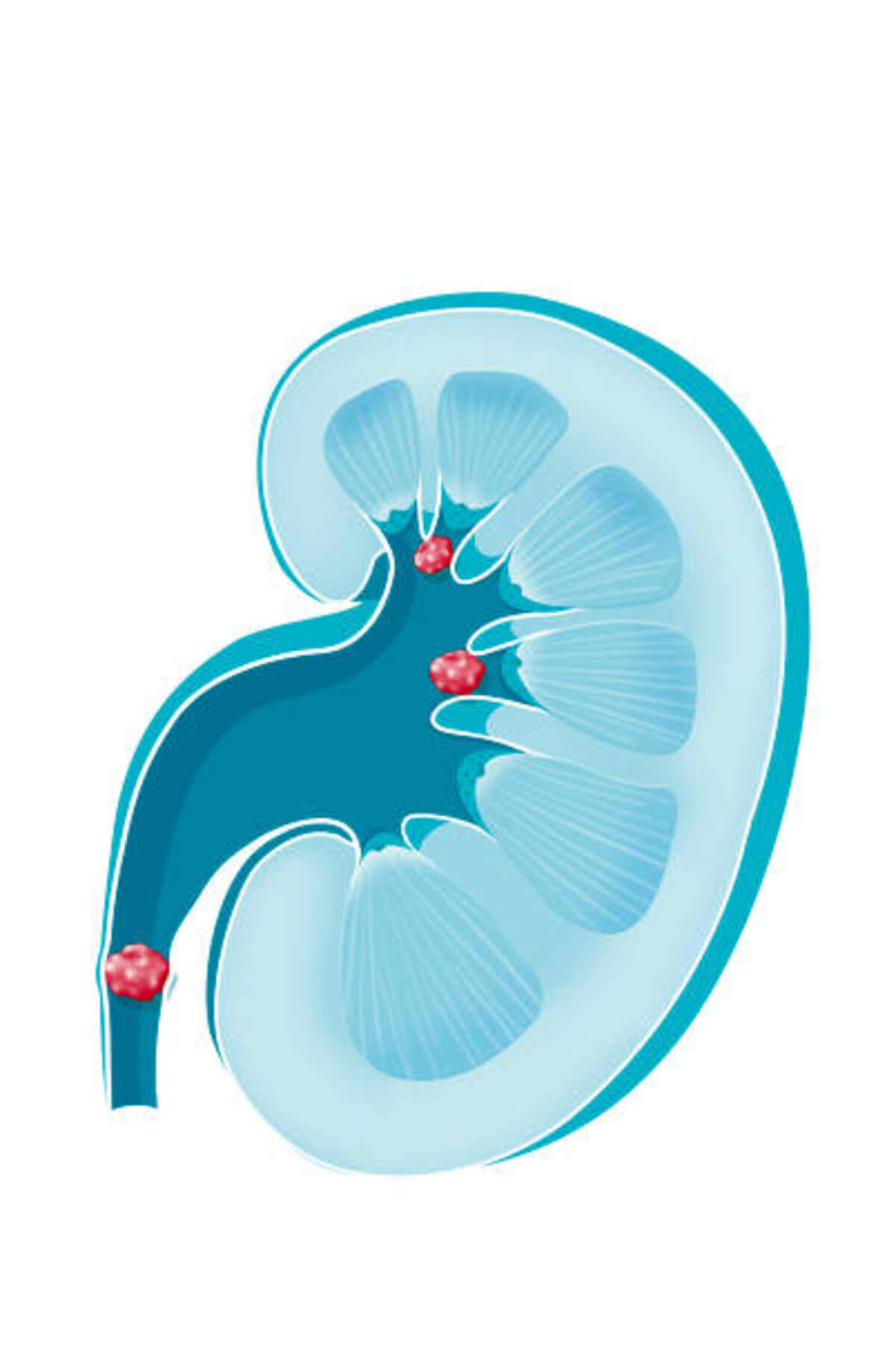Kidney stones are painful conditions that can occur in the kidney or the ureter. Symptoms include pain in the groin or back, in the testicles of men, and the vagina in women. The health care provider will perform a physical exam to determine whether kidney stones cause your symptoms. Treatment will depend on the type of stone you have and may include taking extra care to drink plenty of water.
Treatment options for kidney stones
Treatment options for kidney stones are numerous, and a doctor can use various methods to break up the stones. Surgical procedures include ureteroscopy, which involves inserting a small telescope through the urethra or bladder and moving it through the ureter to the kidney. The scope contains a camera to help a doctor find the stone and break it up. Another option is shockwave lithotripsy, which involves sending high-energy shockwaves through the ureter to break the stone.
Shockwave lithotripsy (SWL) is a minimally-invasive procedure that can be performed on an outpatient basis. It is a standard treatment for kidney stones and can be done without an overnight stay in a hospital. Before undergoing the procedure, your doctor will need to perform X-ray or ultrasound imaging to determine the size and location of the stone.
Depending on the location and size of the stone, this procedure can be done through a small incision in the side of the body. The doctor will use a particular device to remove the stones, and the procedure will be performed under general anesthesia. The procedure can last from one to three hours, depending on the size of the stone.
Causes
There are several causes of kidney stones. In addition to a family history of the disease, dehydration, obesity, and uncontrolled diabetes can increase the risk of kidney stones. Lastly, specific genes may increase your risk of developing certain types of stones. Your doctor can help you determine your risk by conducting a complete history and physical examination.
One of the most common causes of kidney stones is excess calcium, especially calcium oxalate. This mineral forms crystals when there is insufficient urine to wash it out. Another cause is a high intake of purines, which increases the production of uric acid. Additionally, high salt intake can increase the risk of kidney stones.
Diet and lifestyle are also factors in developing kidney stones. Drinking plenty of water can prevent kidney stones. People with kidney disease should limit their intake of protein. Eating a diet high in protein can increase the amount of calcium in the urine. As a general rule, limit protein intake to 12 ounces daily, roughly equal to three decks of cards. Drinking enough water to produce two liters of daily urine is also crucial.
Symptoms
Kidney stones are not uncommon. According to the National Institute of Diabetes and Digestive and Kidney Diseases (NIDDK), about one in every ten people will develop a kidney stone at some point. However, they are much more common in men than in women. Overweight people are also more prone to develop kidney stones. Furthermore, people not drinking enough water may also develop kidney stones.
Symptoms of kidney stones may include pain during urination, abdominal pain, or back pain. The pain will vary depending on the size and location of the kidney stone. Small stones usually pass without causing pain, while larger ones can cause pain, bleeding, inflammation, or infection. The pain can also be mild to severe and may spread to other areas of the body, such as the groin or belly.
Another symptom of kidney stones is frequent urination. It can result from a kidney stone that gets stuck in the ureter, the tube that carries urine from the kidney to the bladder. This blockage will cause urine to back up in the kidney, causing pressure in the lower back. Again, the pain can come on suddenly or be intermittent.
Prevention
Among the most common preventative measures for kidney stones is eating five or more servings of fruits and vegetables each day. These foods are rich in nutrients that can help prevent the formation of kidney stones. A serving is one medium-sized piece of fruit or vegetable and a half cup of raw vegetables. A high-sodium diet may increase the risk of kidney stones, so it is essential to limit sodium intake.
Other preventive measures for kidney stones include drinking enough fluid each day. A person should drink 2.1 liters of water every day or more. Some doctors also prescribe medications like thiazide diuretics, gluconate, or allopurinol to lower the risk of kidney stones. Those who exercise or live in hot climates may drink more fluids. Again, water is the best choice, but limit alcoholic or sugar-sweetened drinks.
A person should also avoid drinking alcohol, caffeine, and sugar. Although kidney stones do not usually cause serious problems, they can cause urinary tract infections. The symptoms of kidney stones vary from person to person, but in most cases, they are associated with sharp pain in the lower back and painful urination. Some people may also experience nausea and vomiting or fever. Sometimes, kidney stones may require medical intervention, such as surgery.


